
views
Resetting a Windows Computer
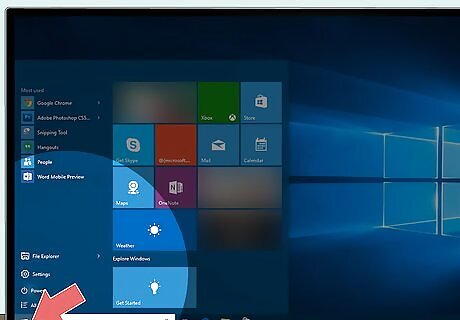
Open Start Windows Start. Click the Windows logo in the bottom-left corner of the screen.
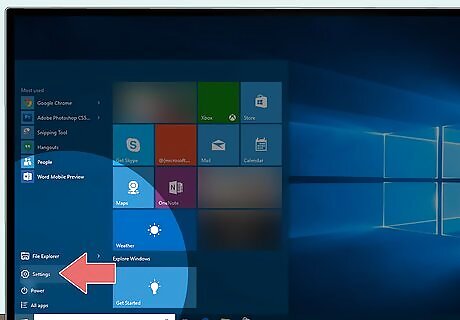
Open Settings Windows Settings. Click the gear-shaped icon in the lower-left side of the Start window.

Click Windows Update = Windows Update & Security. It's a circular arrow-shaped icon on the Settings page.
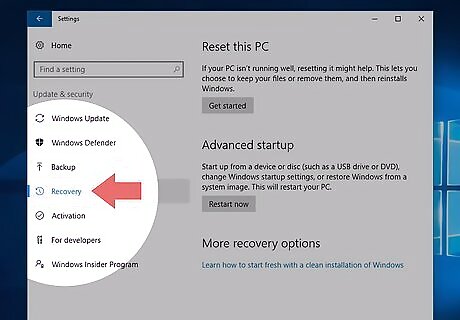
Click Recovery. You'll find this tab on the left side of the window.
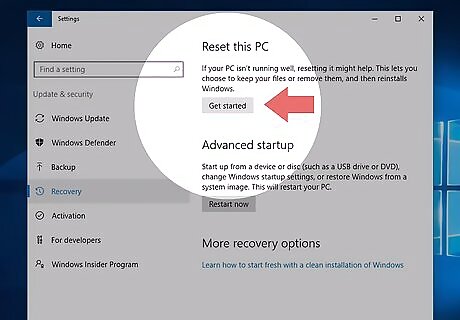
Click Get started. It's near the top of the window, just below the "Reset this PC" heading. A pop-up window will appear.

Click Remove everything. This option is in the pop-up window. Selecting the Remove everything option ensures that no files, programs, or settings will be left behind.
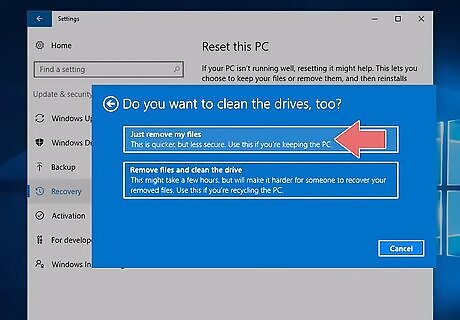
Click Just remove my files. It's on the following page. This option means that Windows will delete every program, file, and custom setting, but will not remove the operating system. If you want to perform a deep system reset, you can select Remove my files and clean my drive instead. Be aware that this process can take several hours to complete, and you'll need to reinstall Windows after doing so.
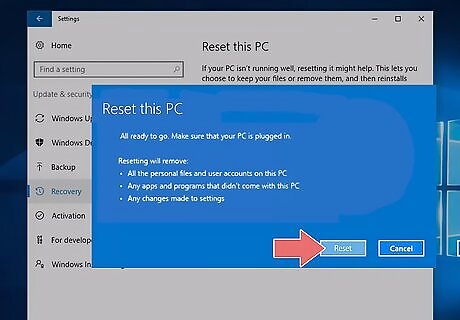
Click Reset. This is at the bottom of the window. Once you click Reset, your computer will begin removing your files. When the hard drive has been wiped, you'll be greeted with a setup screen where you can log into Windows as a new user.
Erasing a Windows Computer

Make sure that you have a blank DVD or USB drive. Before you can wipe securely your PC's hard drive, you'll need to burn a program called "DBAN" onto a blank DVD or place it on a USB drive. You can ensure that your computer's disc drive is capable of burning by looking for the "DVD" logo on or near the disc tray. If your disc drive can't burn DVDs, you can use an external (USB) disc drive that's capable of burning DVDs.
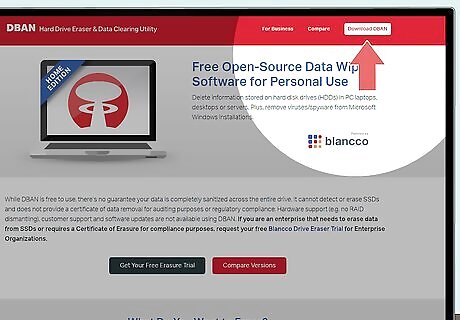
Download the DBAN ISO file. Go to https://dban.org/ and click Download DBAN in the top-right corner of the window. This will prompt the DBAN image file—also known as an ISO—to download onto your computer. Depending on your browser's settings, you may have to confirm the download or select a save location before the file will actually download.
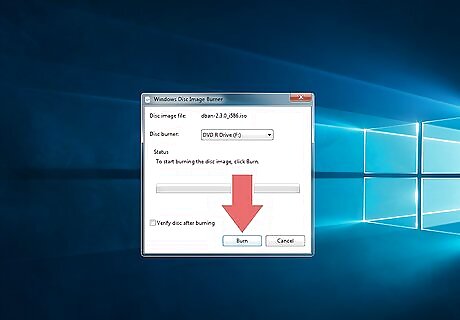
Burn DBAN onto the DVD. Once DBAN finishes downloading, you can use your computer's "This PC" program to burn the DBAN ISO onto your DVD. Make sure that the DBAN DVD remains in your computer when the burning process is complete. If you're using a USB drive, you'll instead place the DBAN ISO file on the USB drive and keep the drive inserted into your computer.

Restart your computer. Open Start Windows Start, click Power Windows Power, and click Restart in the pop-up menu.
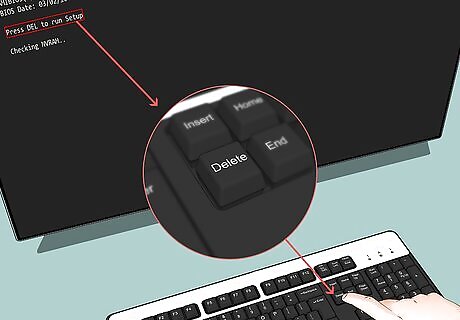
Enter the BIOS settings. Immediately after clicking Restart, begin repeatedly pressing your computer's BIOS key. This is usually Del or one of the "F" keys (e.g., F2), but you can confirm the key that you're supposed to press by checking your computer's documentation online. If you miss your opportunity to access the BIOS, restart your computer and try again.
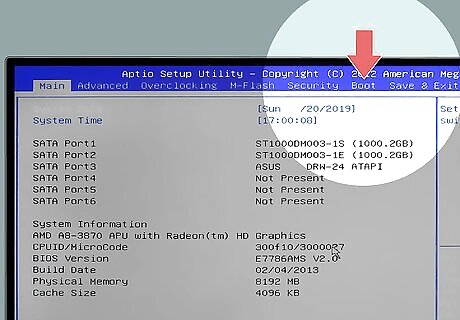
Find the "Boot Order" section. On most computers, you'll use the arrow keys to select the "Advanced" or "Boot" tab to do this. Some BIOS models have the boot order options on the initial page on which you arrive.
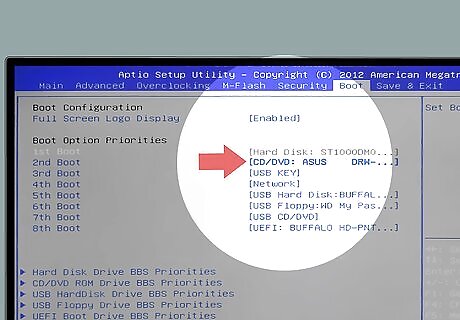
Select your computer's DVD drive. It should be labeled "CD Drive" or "Disk Drive" (or something similar). Again, use the arrow keys to select the appropriate option.
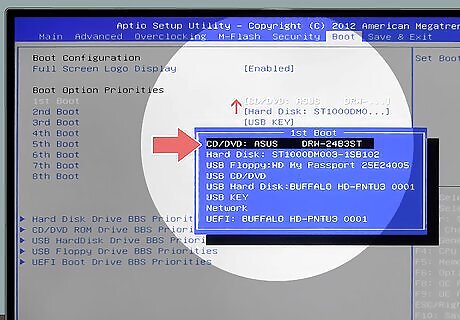
Move the drive to the top of the boot list. With the "CD Drive" (or similar) option selected, press the + key until the selected option is at the top of the boot list. If this doesn't work, check the key legend on the right side (or bottom) of the screen to see which key you should press to move the selected option.
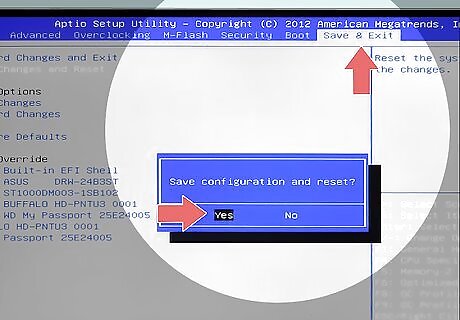
Save and exit. For most BIOS pages, you'll press a key to do this; check the on-screen key legend to see which key you need to press. On some computers, you'll have to press another key to confirm the changes when prompted.
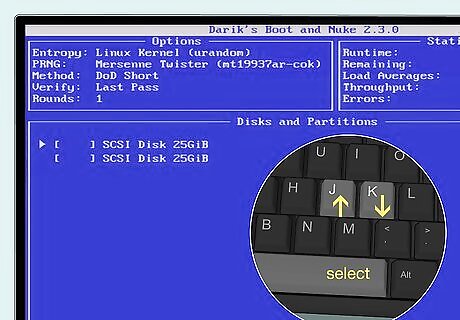
Select your computer's hard drive. Once the DBAN interface pops up, press the J or K key to move the selection up or down, then press Space once your computer's hard drive is selected. Check the key legend at the bottom of the DBAN screen to confirm the keys that you use to navigate and select. If you have multiple hard drives (or partitions) that you want to erase, select them as well.

Erase the hard drive. Press F10 (or the key listed in the legend) to do so. Your hard drive will begin erasing. This process will take several hours at least, so make sure that your computer is plugged into a reliable power source.

Eject the DBAN DVD when prompted. When you see an ad for Blancco on your screen, you can eject the DBAN DVD, at which point your hard drive has been securely wiped. If you want to reinstall an operating system on your computer, you can replace the DBAN DVD with your preferred operating system's installation DVD and then follow the on-screen steps. You may have to restart your computer to prompt the installation to begin. EXPERT TIP Spike Baron Spike Baron Network Engineer & Desktop Support Spike Baron is the Owner of Spike's Computer Repair based in Los Angeles, California. With over 25 years of working experience in the tech industry, Spike specializes in PC and Mac computer repair, used computer sales, virus removal, data recovery, and hardware and software upgrades. He has his CompTIA A+ certification for computer service technicians and is a Microsoft Certified Solutions Expert. Spike Baron Spike Baron Network Engineer & Desktop Support There are various ways to wipe a computer. You can use a DoD wipe where you wipe the ones and zeros on the drive. A DoD wipe is a military-grade wiping. KillDisk is another option but is usually overkill for a PC home-user. If you're a home user, reinstalling the operating system is usually the best option.
Resetting a Mac Computer
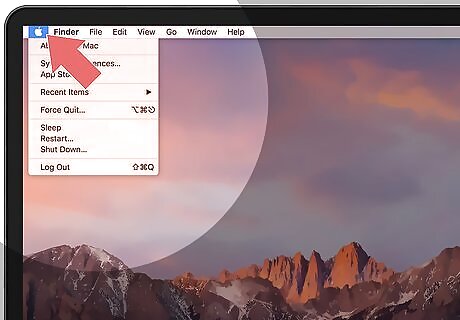
Open the Apple menu Mac Apple. Click the Apple logo in the top-left corner of the screen. A drop-down menu will appear. If your Mac uses a solid state drive, resetting your computer is a much more secure method of wiping your computer than it is if you use a traditional hard drive.

Click Restart…. It's near the bottom of the drop-down menu.
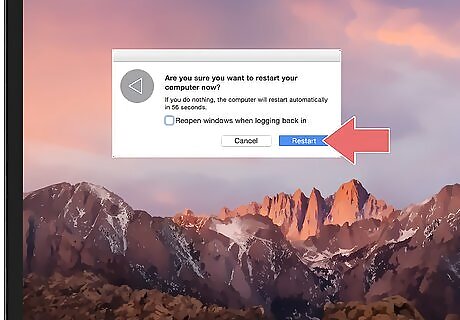
Click Restart when prompted. Your Mac will begin to restart.
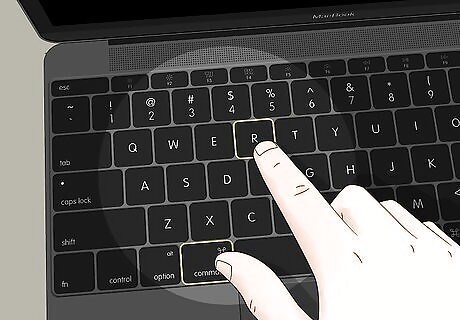
Enter recovery mode. As your Mac begins to restart, press and hold the ⌘ Command key and the R key at the same time, then release them when the "Utilities" window appears.
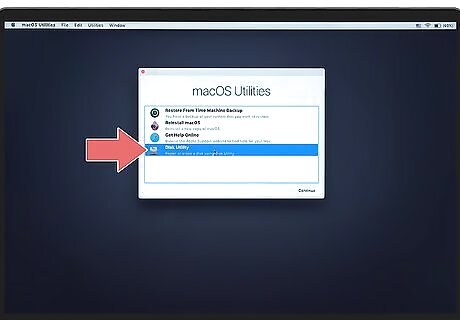
Select Disk Utility. It's a grey hard drive icon with a stethoscope on it.
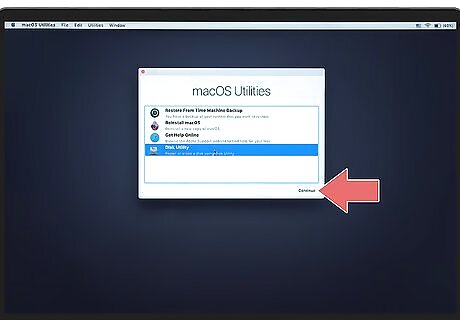
Click Continue. This is in the bottom-right corner of the window.
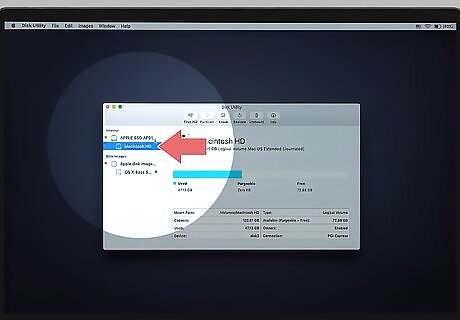
Select your Mac's drive. Click the HDD or SSD option below the "Internal" heading in the upper-left corner of the window.

Click Erase. It's a tab at the top of the window. A pop-up window will appear.
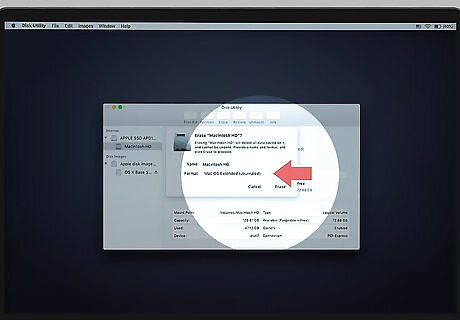
Click the "Format" box. It's on the right side of the page. Clicking this prompts a drop-down menu.

Select Mac OS Extended. It's in the drop-down menu.
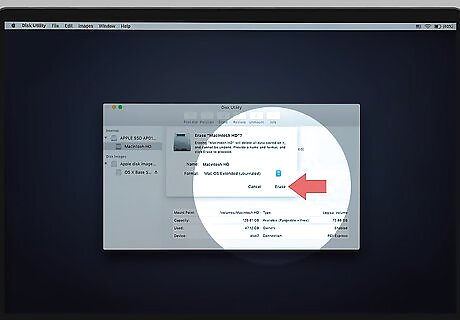
Click Erase. You'll find this option in the bottom-right corner of the window. Doing so prompts your Mac to begin erasing. This process can take a while to complete, so refrain from resetting your computer if you need to use it in the next few hours.
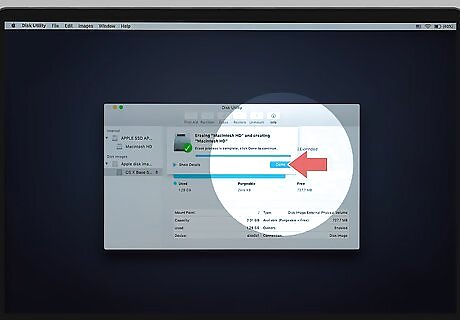
Click Done when prompted. Your Mac's hard drive should now be empty. If you want to reinstall your operating system, quit Disk Utility, click Reinstall macOS, and click Continue. You will need to connect to an Internet source before macOS can download.
Erasing a Mac Computer
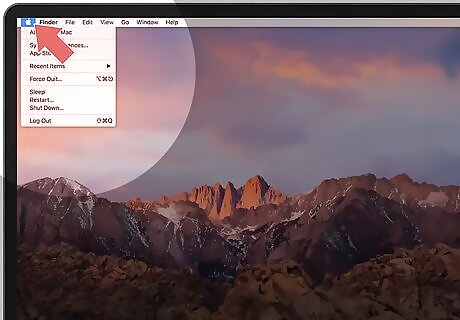
Open the Apple menu Mac Apple. Click the Apple logo in the top-left corner of the screen. A drop-down menu will appear. If your Mac uses an SSD, you cannot erase the drive. Try resetting your Mac instead.
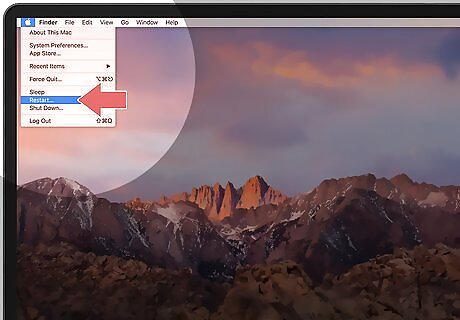
Click Restart…. It's near the bottom of the drop-down menu.
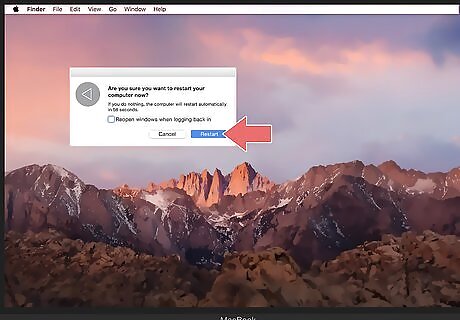
Click Restart when prompted. Your Mac will begin to restart.
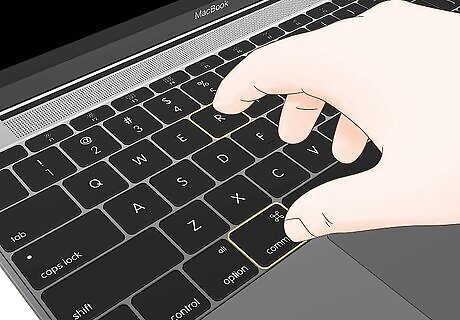
Enter recovery mode. As your Mac begins to restart, press and hold the ⌘ Command key and the R key at the same time, then release them when the "Utilities" window appears.
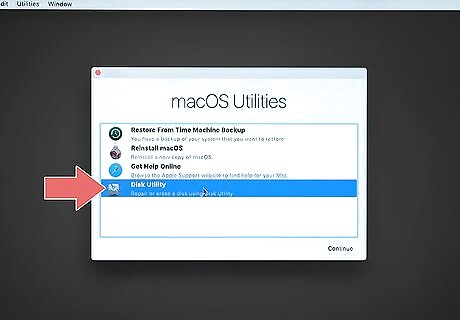
Select Disk Utility. It's a grey hard drive icon with a stethoscope on it.
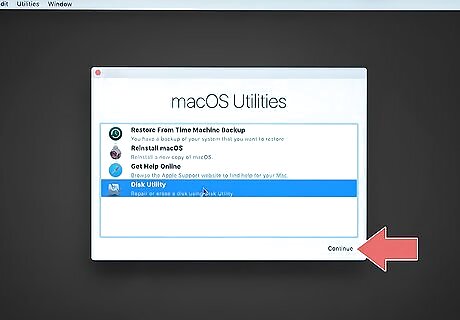
Click Continue. This is in the bottom-right corner of the window.
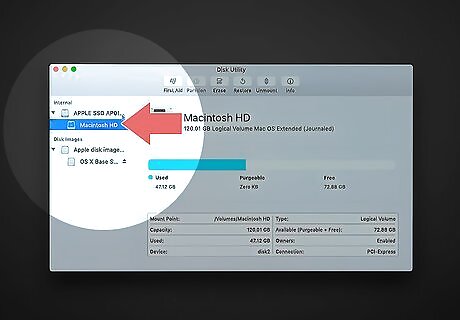
Select your Mac's hard drive. Click the HDD option below the "Internal" heading on the left side of the page.
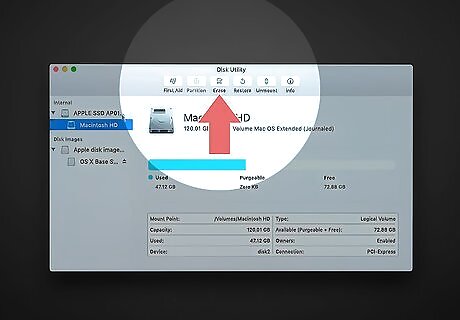
Click Erase. It's a tab at the top of the window. Clicking it prompts a pop-up window to appear.
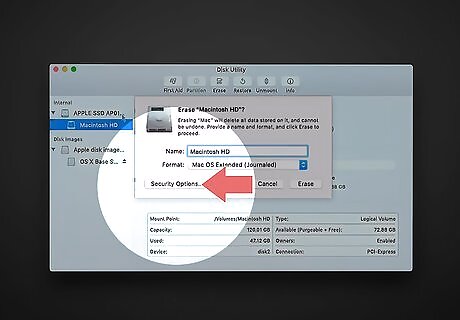
Click Security Options…. You'll find this at the bottom of the window.
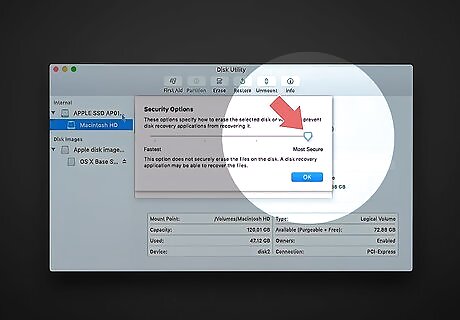
Select the "Most Secure" option. Click and drag the slider all the way to the right to select the "Most Secure" tick. This option overwrites your Mac's hard drive with blank information seven times in a row.
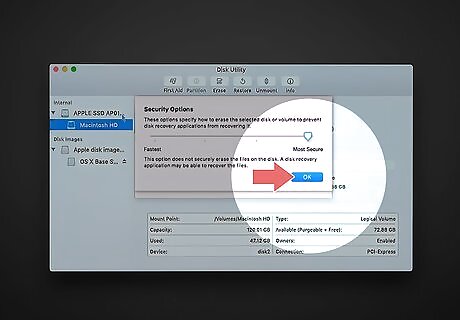
Click OK. It's in the bottom-right corner of the window.
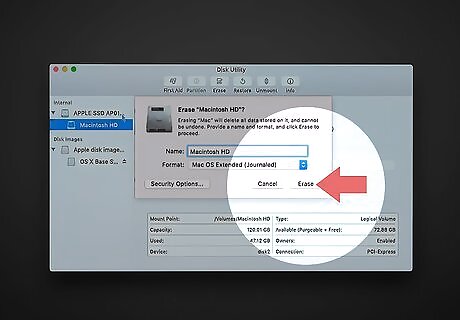
Click Erase. This is in the lower-right side of the window. Doing so prompts the hard drive to begin erasing. The "Most Secure" option will usually take several hours to complete, so you might want to initiate the wipe before leaving for work or going to bed.
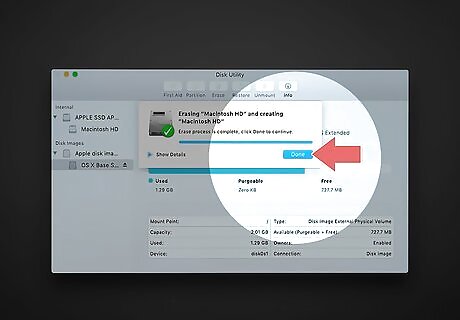
Click Done when prompted. Your Mac's hard drive should now be completely empty with little to no chance of data recovery. If you want to reinstall the operating system that came with your Mac, you can quit Disk Utility, select Reinstall macOS, and click Continue to do so. You must have an Internet connection in order to reinstall an operating system.














Comments
0 comment